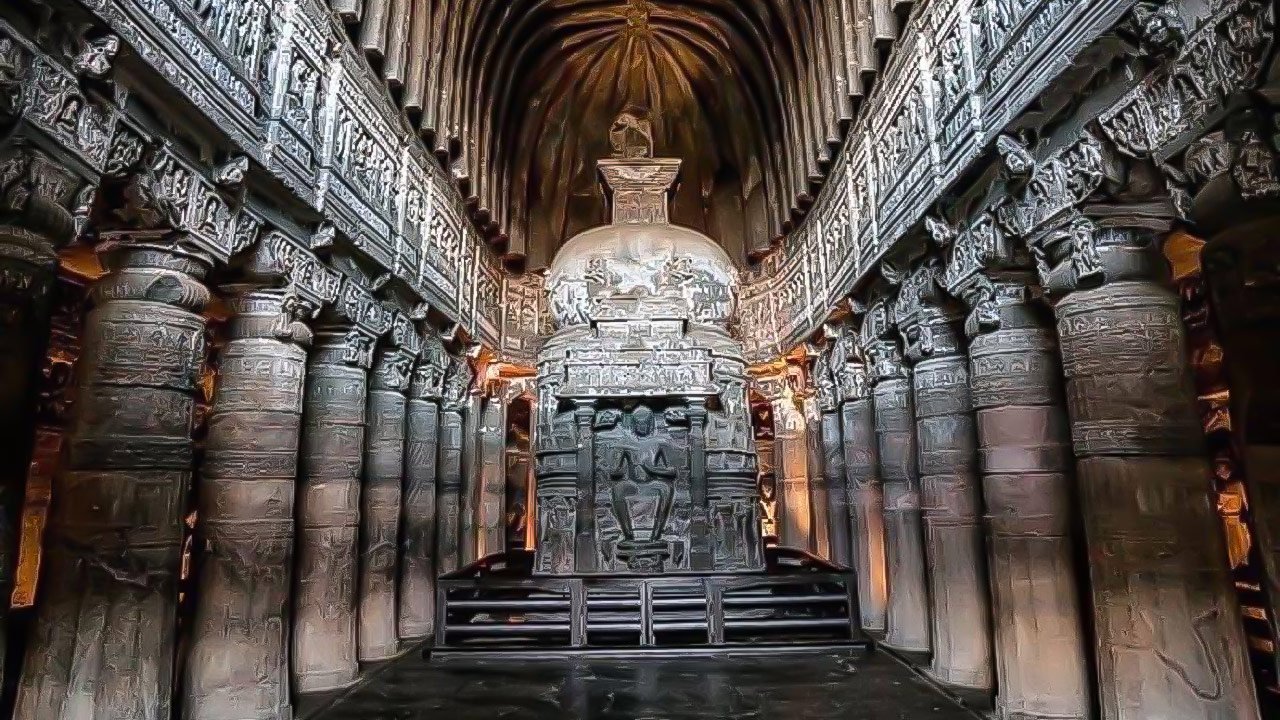
Ajanta Caves:History, Painting, Facts, Built by Architecture and More
Ajanta Caves can be seen as a cluster of 30 rock-cut caves representing the Buddhist architecture, sculptures and cave paintings which were built by monks using simple tools like hammer and chisel to bring out the stories depicted here.
History: These caves are believed to be existent since the pre-Christian era, with the oldest being Cave 10 which is dated back to second century BC. Ajanta caves were discovered by an Army officer posted in the Madras Regiment of British Army in the year 1819.
Paintings: The painting style of Ajanta caves showcase a strong influence of artistic styles from Tibet and Sri Lanka where the binding material used for most of the paintings is glue.
Facts: Ajanta caves are seen as a cluster of 30 rock-cut caves showing a true representation of earlier Buddhist architecture, sculptures and cave paintings.
The Architecture of Ajanta Caves: The sculptures and other structures of these caves were built by monks by using tools like hammer and chisel to bring out the stories depicted here.
Theme Of the Carvings at Ajanta Caves: Carvings’ main theme are the illustrations and events related to the life of Buddha. They also portray Buddhist philosophies and teachings of Buddha
World Heritage Site: Since 1983, Ajanta caves have been listed among the UNESCO World Heritage Sites of India. It is also a protected monument which is taken care of by the Archaeological Survey of India (ASI).
Excavation of Ajanta Caves The caves of Ajanta were excavated from a horse-shoe shaped cliff along river Waghora.

